FREDDIE H23
Share
Lifestyle Safety Shoes
- Mallcom safety shoes provide ultimate protection to the feet for protection at work places.
- The upper part of the shoe is made up of knitted polyester with airmesh black collar lining polyurethane direct injected double density sole with 200J impact resistant composite toe cap.
- Aesthetically designed mid-ankle double density safety shoe
- Black & Grey stylish knitted upper with reflective design
- Double density PU sole with TPU shock absorber
- Composite toe cap
Oil Resistant
Slip Resistant
Anti-penetration
Impact Resistant
EN 20345:2022
Delivery & Services

Easy Return
with our 15 days return poicy
Regular price
Rs. 0
Sale price
Rs. 0
Regular price
Tax included.
Shipping calculated at checkout.
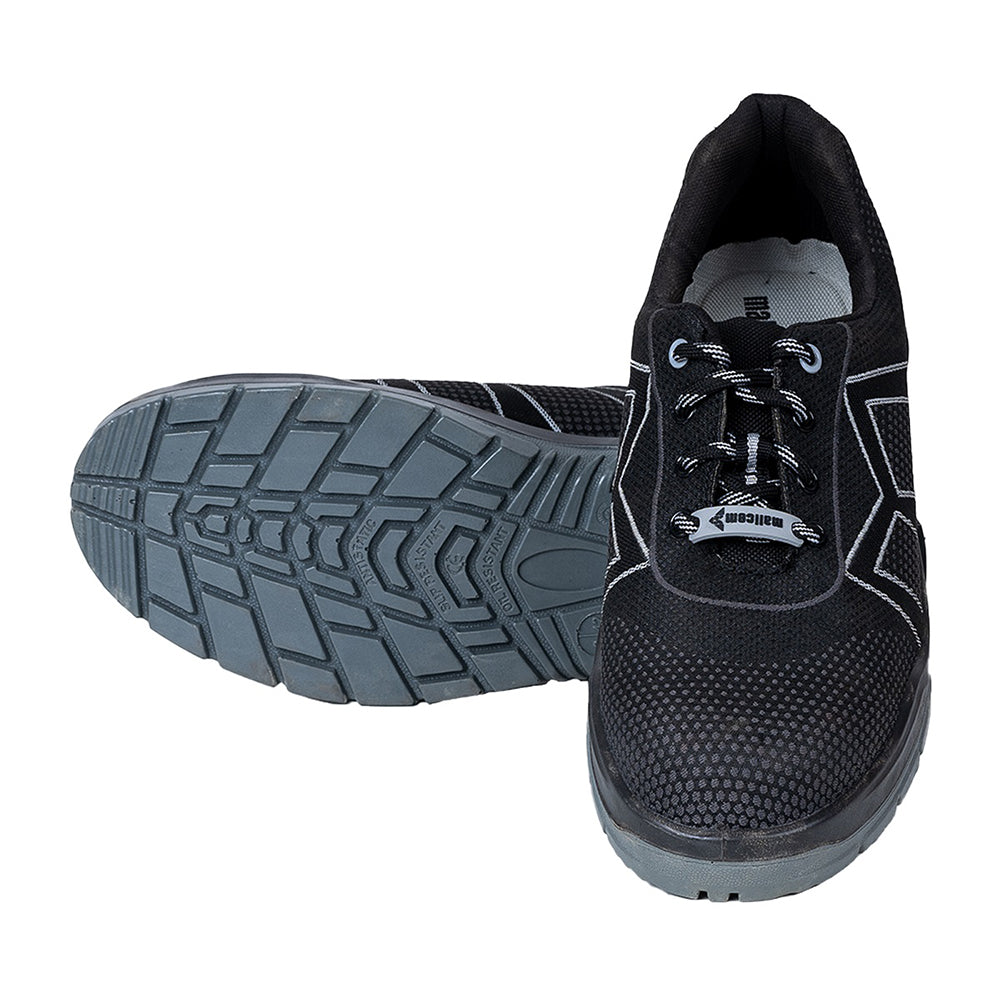

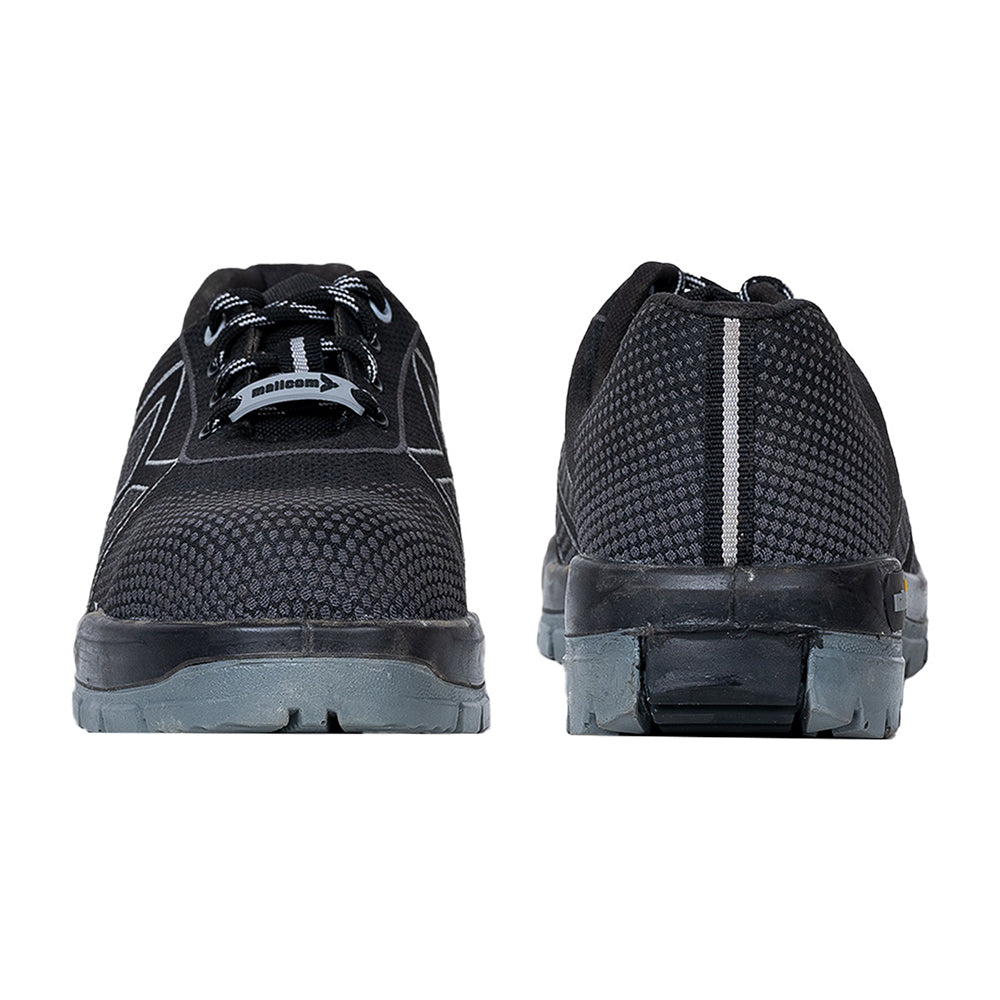
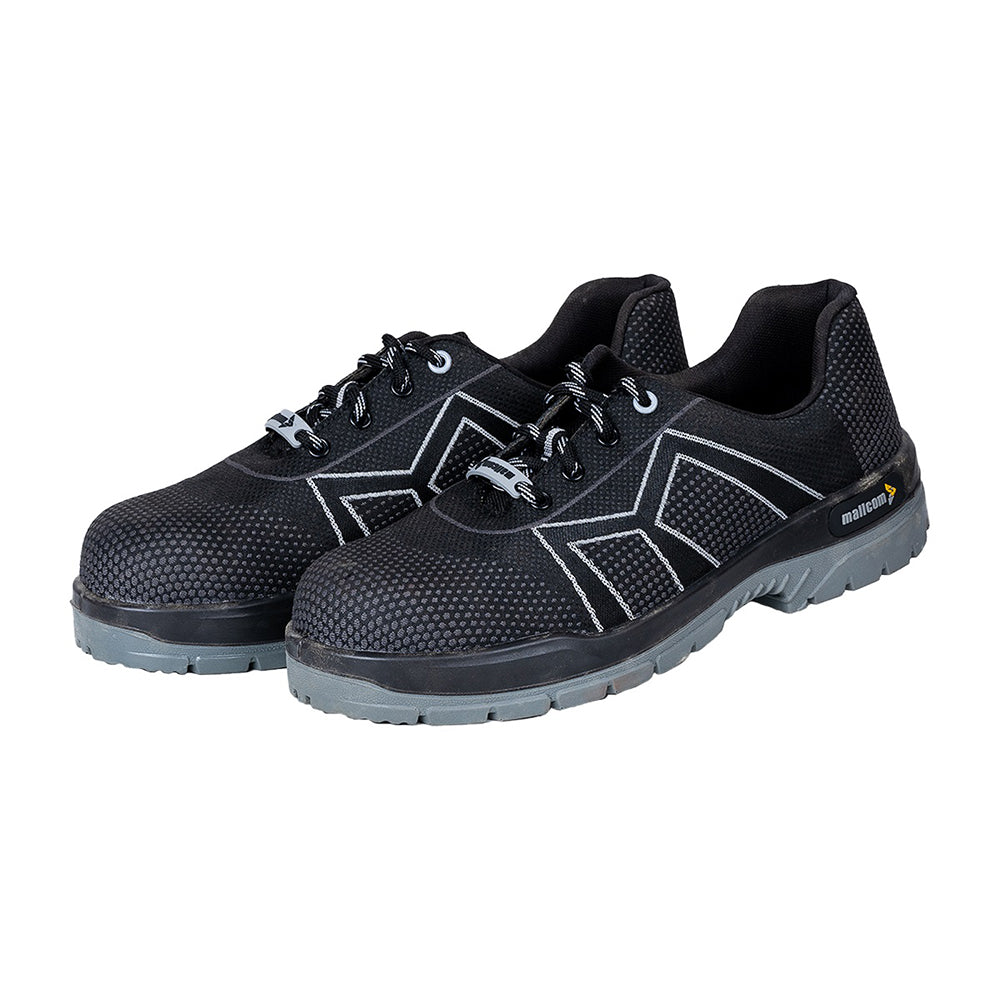
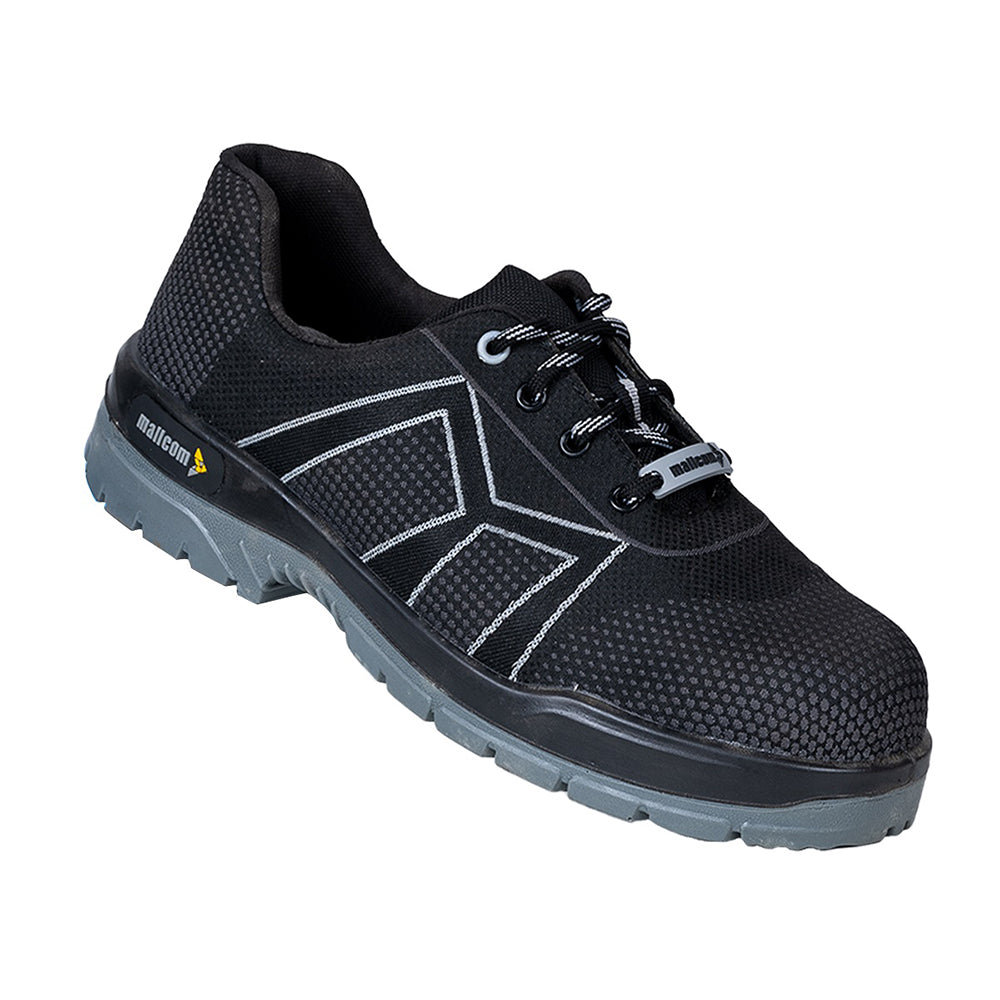
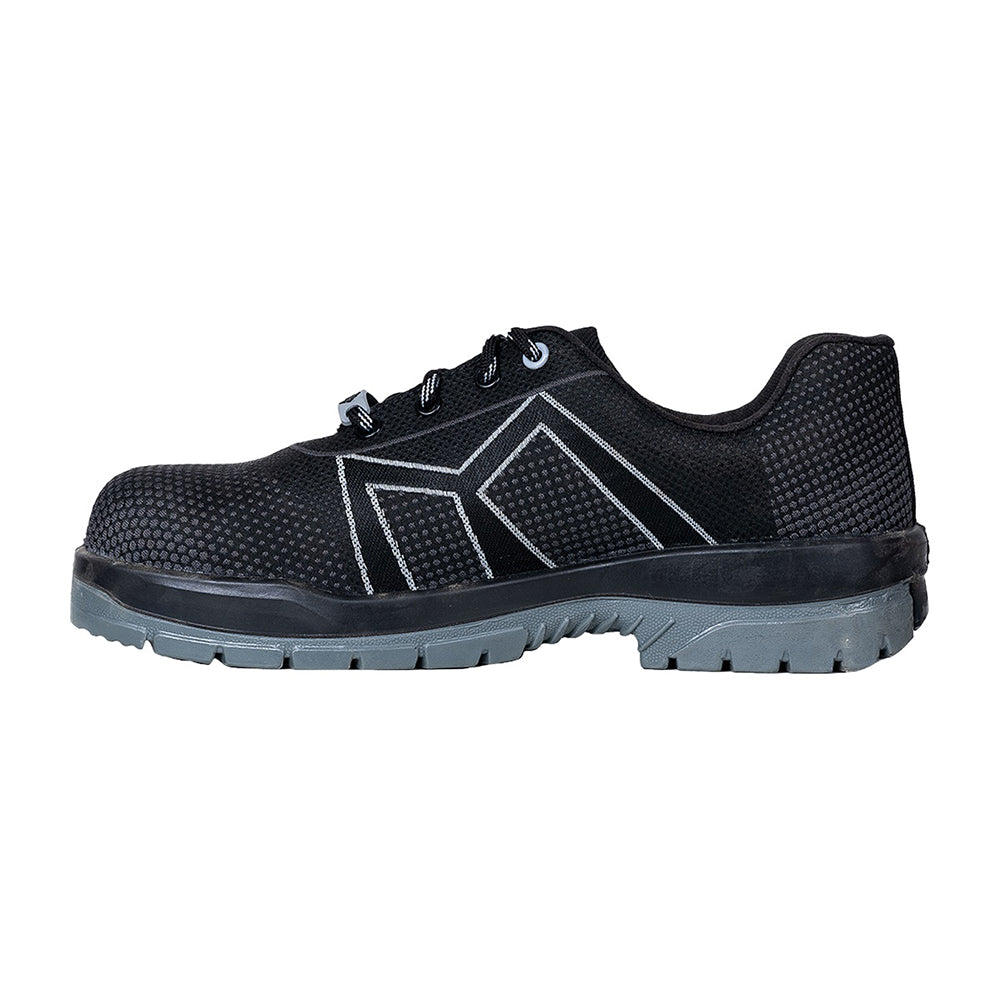
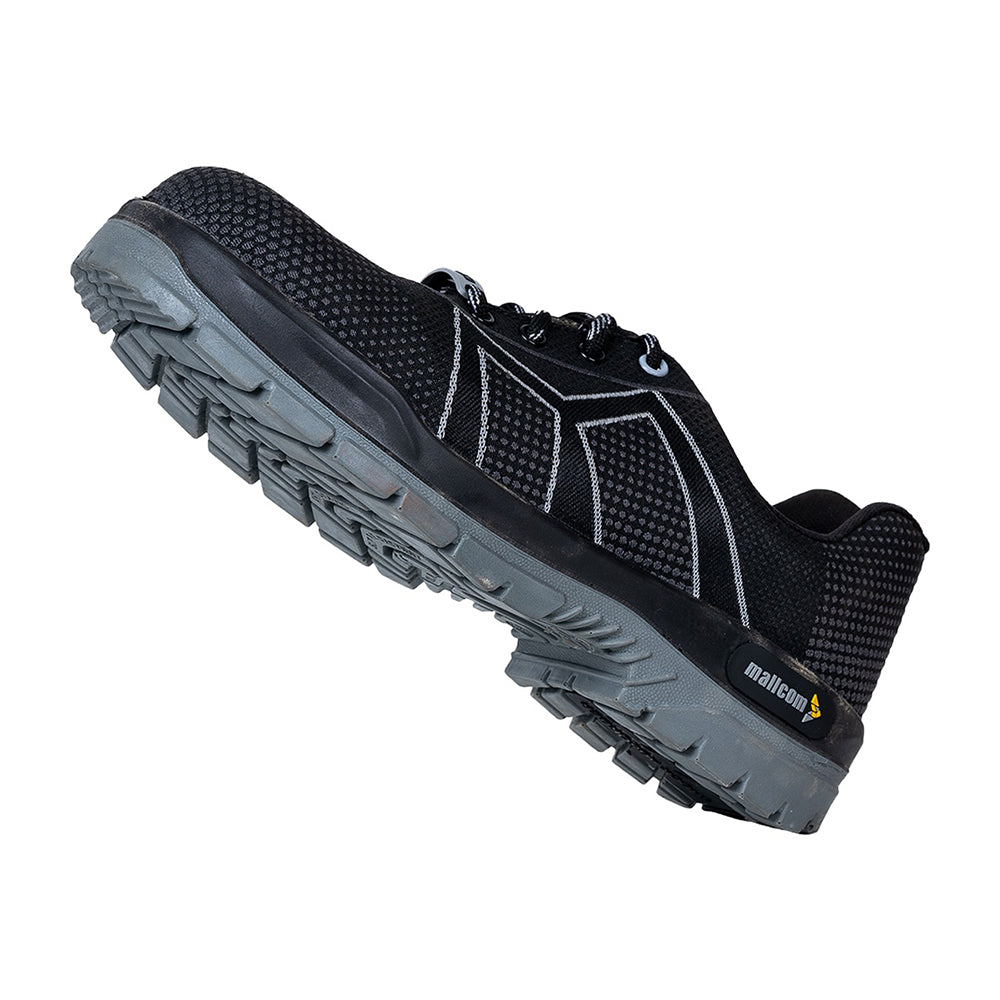

ABOUT THE DESIGN
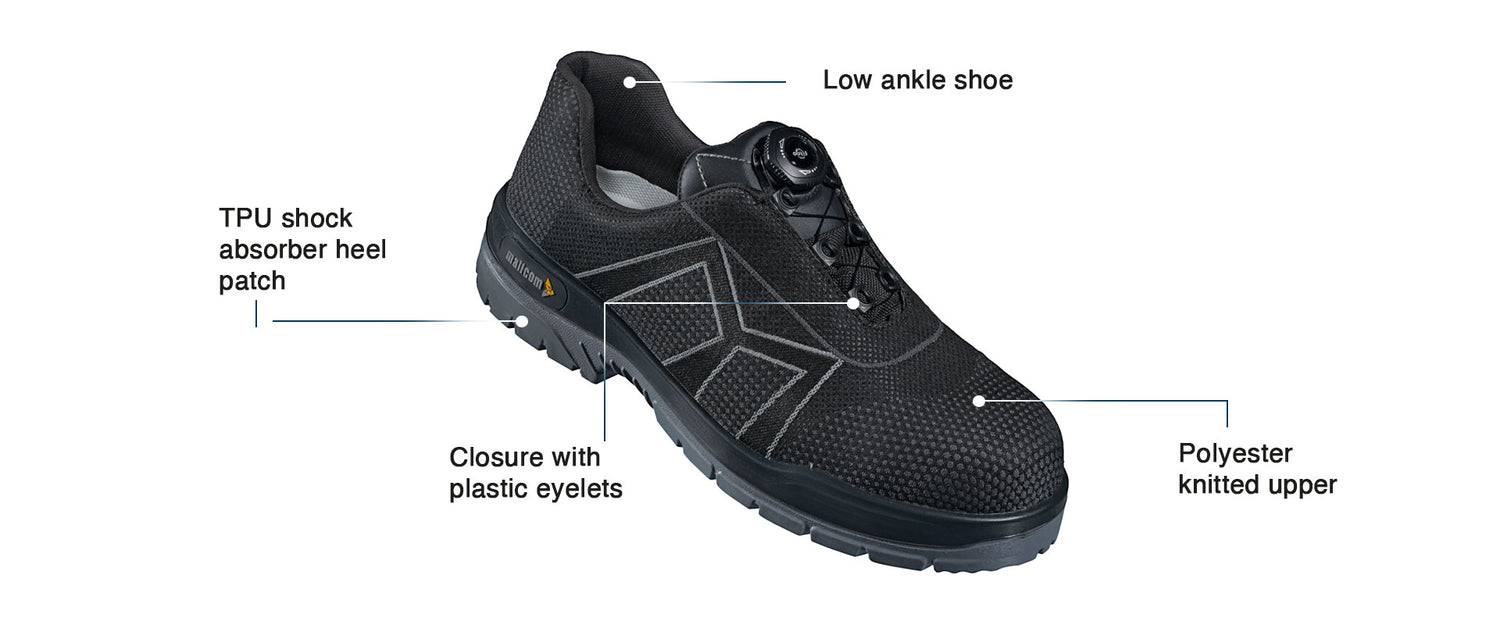
USEFUL IN THESE INDUSTRIES
REPAIR & MAINTENANCE
HEAVY ENGINEERING
IRON & STEEL
OIL & GAS

Product Features
ABOUT THE DESIGN

USEFUL IN THESE INDUSTRIES
REPAIR & MAINTENANCE
HEAVY ENGINEERING
IRON & STEEL
OIL & GAS
Product Details







































